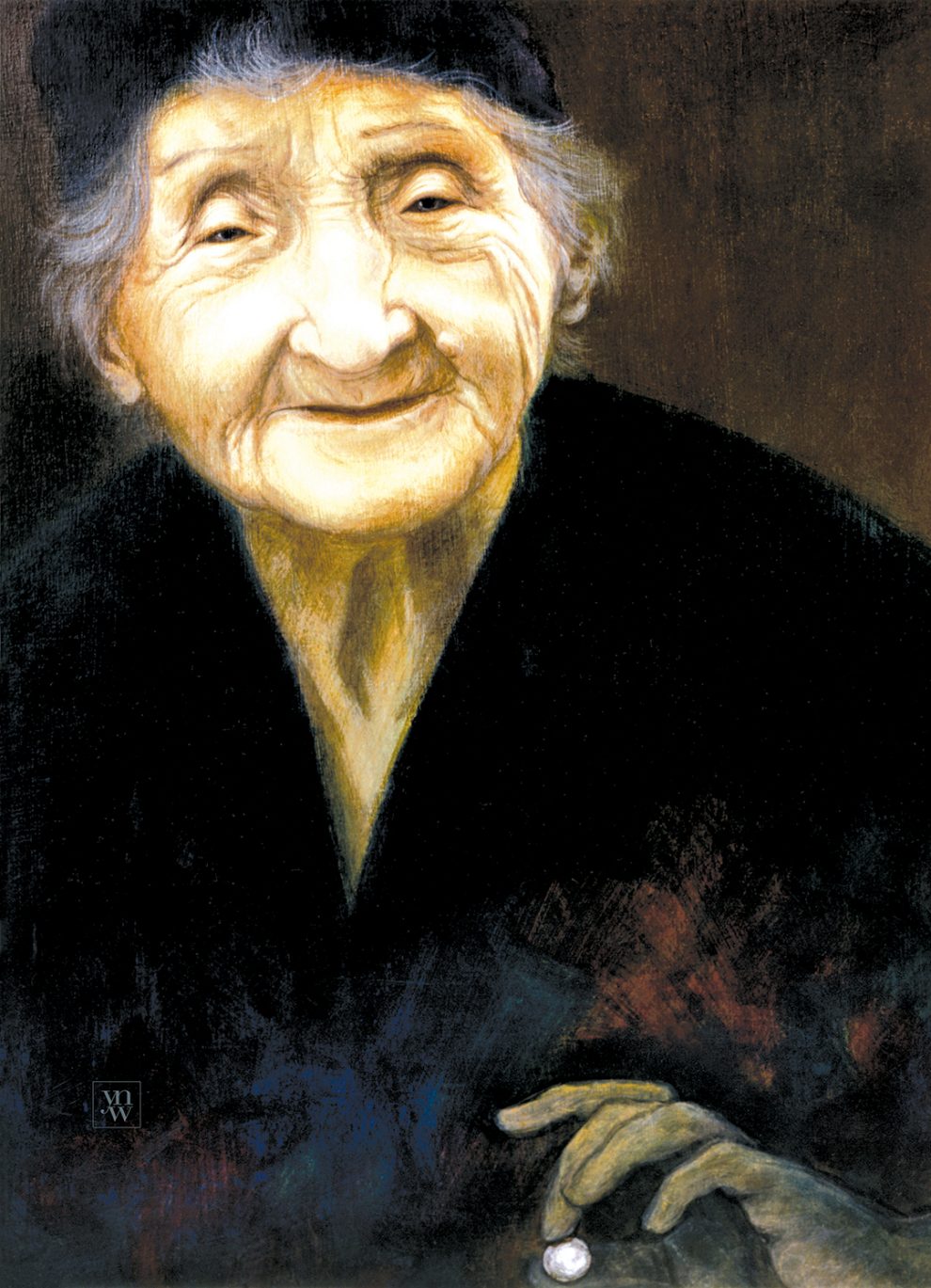By Yvonne Wright • The Current Contributing Writer
The aim of Art is to present not the outward appearance of things, but their inner significance; for this, not the external manner and detail, constitutes true reality.” (Aristotle, 384-322 BC)
In an age obsessed with ‘selfies’ and supported by technology at the tap of one’s finger, the importance of portraiture as a skillfully executed depiction of a person that shows his/her inner essence (i.e., a physical representation beyond likeness and an artistic interpretation of the subject’s personality, along with desired aesthetics) has been confusingly muddled in a sea of images. On the one hand, we have a tradition of figurative portraiture so richly represented by generations of artists in North America and Europe gradually declining in its prominence, in favor of abstraction and nonfigurative art. Avant-garde Modernist artists has distorted the outward appearances of things in pursuit of true reality and emotional assertion. On the other hand, however, there is a continuation of portraiture as a photographic record, with random and instant dissemination of images aided by technology.
By definition, portraits are intended to display the physical attributes of the persons portrayed, usually posed gracefully standing, sitting or reclining, half-length, or horse-mounted, sometimes nude, or showing just a head. Family portraits often gain lifelong gratitude from succeeding generations for their artistic merit and monetary value. A truly successful portrait captures the quintessential characteristics of the person portrayed, the embodiment of one’s spirit, beyond delineation.
Varieties of photographic snapshots abound (typically taken with digital phones or webcams) of people’s faces gazing directly at the camera, in order to engage most captivatingly with the audience once the image is shared on social media. Even a most arresting ‘selfie,’ born of an impulsive shoot-and-upload exercise, has the shelf life of a tropical fruit. And yet, the tidal wave of popularity in self-documenting life as it unfolds has reached new levels of frankness, rarely experienced before, and seemingly inexhaustible.
Throughout human history, there has been an undeniably deeply rooted longing for immutable, everlasting existence, especially when achieved and preserved through works of art. It is believed that the earliest human ‘portraits’ were created in the Neolithic period by covering human skulls with pottery plaster, thereby reconstructing the ancestor’s features with considerable care. Made by the Mediterranean cultures between 9000 and 6000 BC (BCA) and used primarily for burial rituals, they denote portraiture art during prehistoric times. Ancient Greek and Roman artisans brought the art of portraiture to anatomical perfection, encompassing compositional and technical superiority and psychological insight, while providing a valuable historical account at the same time. In subsequent centuries, cultures and aesthetic ideals redefined portraiture even further, elevating artists above tradesmen, with plenty of demand and respect for their work.
Whether painted or sculpted, fine art portraits can take considerable time to complete, often demanding hours of uncomfortable posing. French Impressionist Paul Cézanne reportedly insisted on at least 100 sittings from his clients to complete a painting. While others, like Hans Holbein the Younger, a German Renaissance painter, opted for more effective use of time and drew the subject’s face from life first, and then set up a rack with an empty dress to finish the job. Either way, for centuries portraits have performed an important function recording people’s status, physical beauty, class belonging, occupation and ancestral lineage. Opulently attired, or disarmingly intimate, this widely popular genre has generated some of the most enduring portrayals of individuals we now cherish as a cultural heritage.
Unlike the ‘selfies’ of today, fine art portraits convey multiple meanings and intellectual insights. Shimmering surfaces of rich dabs of paint on canvas or chisel marks on stone cannot be fully replicated by a digital pixel, no matter how sophisticated the app is. However, digitally produced or traditionally executed, portraits serve as means of expressing and preserving the essential nature of life, and humanity’s search for immortality.
Yvonne Wright is the owner of STUDIO YNW at 100 West Broadway in Jim Thorpe.
She can be reached at studio.ynw@gmail.com



























Add Comment